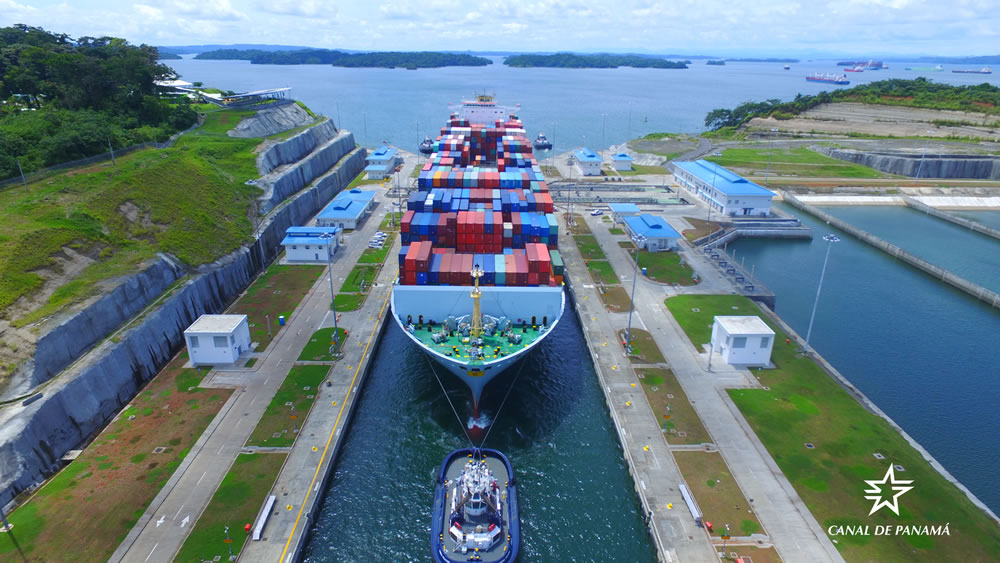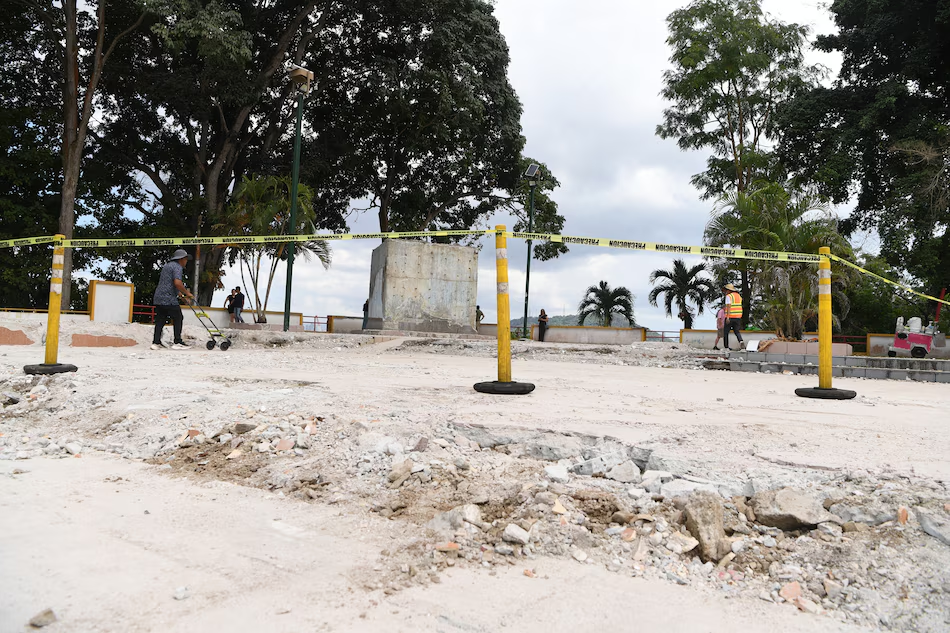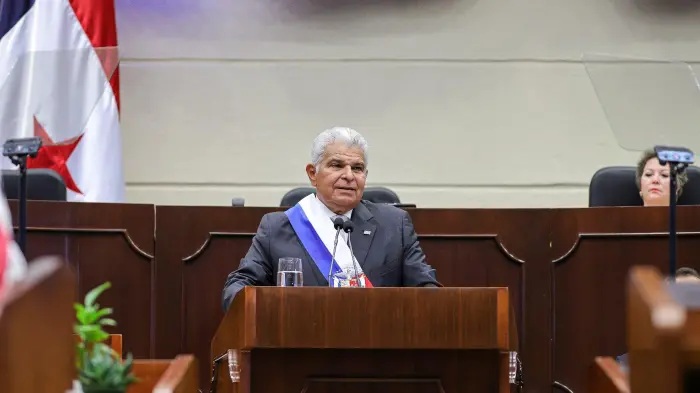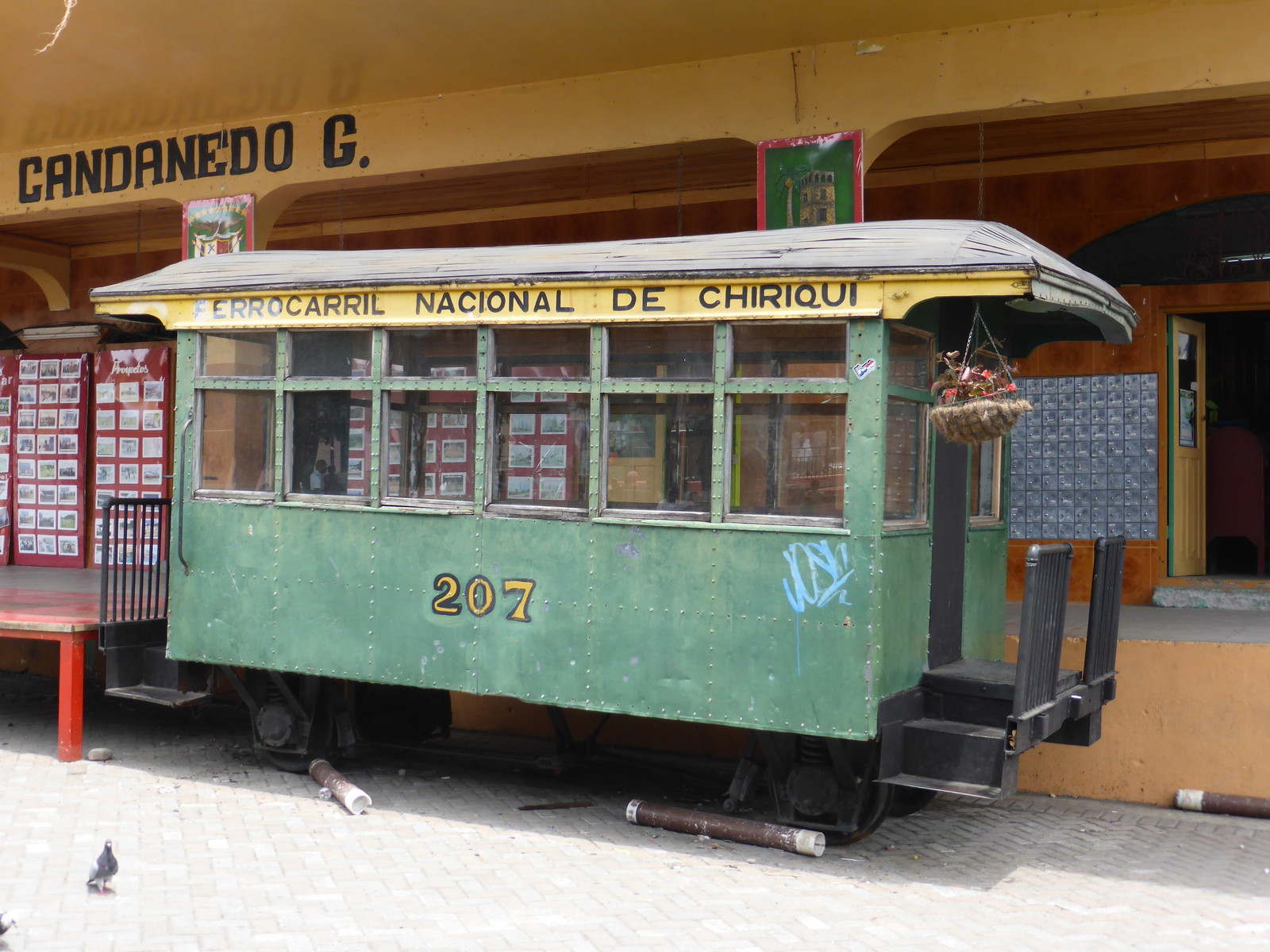Canadas role in Panama’s abandoned WMDs

AS THE US prepare to spend $13 million on ridding Isla San Jose of chemical weapons left behind after the hand over of the canal, revelations in a major Canadian newspaper shows that its peace loving neighbor to the north played its part in the presence of weapons of mass destruction in Panama.
Canada joined the US in exploding 30,000 Canadian made mustard gas shells on the island during experiments in the 1940’s.
In 2001 Canada turned down a request from Panama for the removal of the 3000 unexploded shells
A book review by Doug Saunders in the Globe and Mail, recounts Canada’s checkered past in dealing with poisonous gas starting with the botched use of chlorine and phosgene by the Canadian Corps in 1917.
It killed or badly injured over 700 mostly Canadians “who slowly suffocated or were shot by Germans as they writhed in agony,” in front of Vimy Ridge weeks before the better-remembered battle there. It was the first significant use of weapons of mass destruction on the battlefield by the Canadian Corps. It would not be the last: Canada would make heavy use of gas, including during the Battle of Vimy Ridge itself, throughout the war, and mass-produce it and test it on human subjects for decades after.
A century ago this month, soldiers were first exposed to the blistering agent known as mustard gas. It would become Canada’s signature product over the decades that followed.
As University of Alberta historian Susan Smith discovered in research for her new book, Toxic Exposures, Canada enthusiastically embraced these weapons in the years before and during the Second World War and turned itself into a nexus for the production and testing of mustard gas, including experiments in Alberta that exposed 2,500 Canadians to the ghastly chemicals.
Canada’s shift from a country staunchly opposed to weapons of mass destruction, then almost overnight into a key user and producer, and then back again, is a lesson in how quickly we can abandon our most closely held principles if we do not firmly protect them in law. At a moment when mustard and nerve gases are once again killing people at the hands of Syrian President Bashar al-Assad, we should take this lesson to heart.

It was not, as some would say, that values were different in those days, or that we’re applying today’s standards to yesterday’s decisions. Quite the contrary. Gas warfare had been outlawed by the Hague Conventions of 1899 and 1907. Canadians knew the consequences better than anyone: They had been victims of gas warfare when Germans unleashed chlorine for the first time in April, 1915.
In the wake of that atrocity, the military historian Tim Cook writes, “soldiers [in the Canadian Corps] from the lowest private to the highest field marshal were vehemently opposed to the use of chemicals to suffocate men who had no chance of defending themselves.”
The decision two years later to turn Canada into a gas-warfare country was opposed by many officers: “Gas was not the weapon of choice, but of desperation,” Dr. Cook writes. “Ill-placed faith created delusions which outweighed all logical assumptions.”
Once untethered from the bonds of morality and the laws of war, Canada could not let go of its new weapon.
A century after it began, Canada’s gas-warfare legacy hasn’t ended. This week, the United States announced that it would clean up the 3,000 unexploded Canadian-made mustard-gas shells that litter the Panamanian island of San Jose, occasionally causing burns to workers who dislodge them. Those shells are the legacy not just of Canada’s large-scale manufacture of gas-warfare agents during the Second World War, but also of a series of experiments in the 1940s, when Canada and the United States exploded more than 30,000 gas shells on the island to expose hundreds of soldiers to the gas to test “racial” theories of chemical-weapon resilience that even at the time were considered dubious.
In the decades since, Canada has become a key player in international efforts to ban and restrict the use of inhumane weapons – and has sometimes tried to hide its embarrassing past. This week, David Pugliese, a writer with the Ottawa Citizen, found out using Access to Information requests that Ottawa, in 2001, had declined Panama’s request to clean up its mustard-gas sites. Canadian diplomats had warned of the image problem this would create: “At present, we see considerable risk of a public-affairs failure if we were to proceed,” one diplomat reported at the time.





